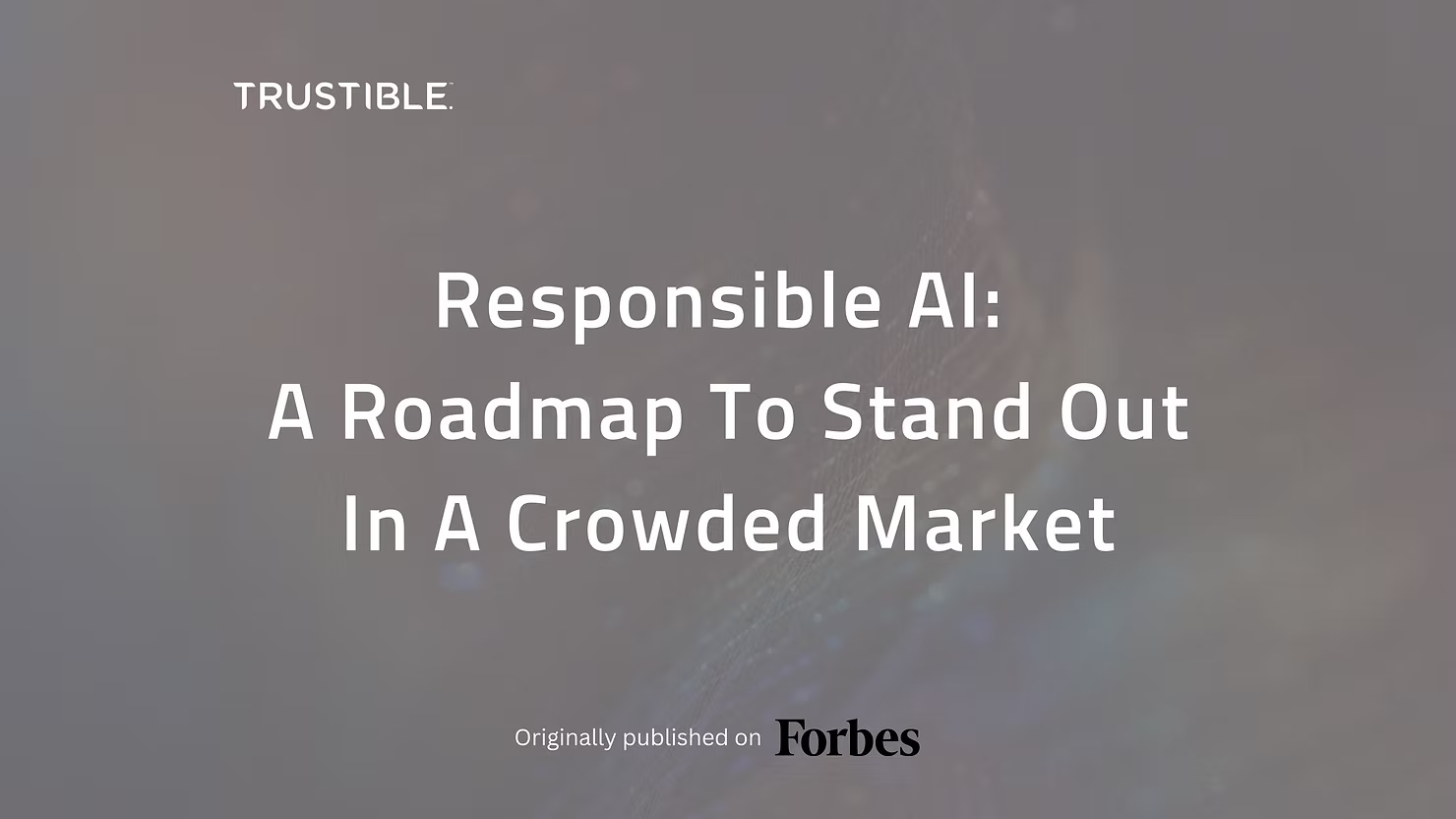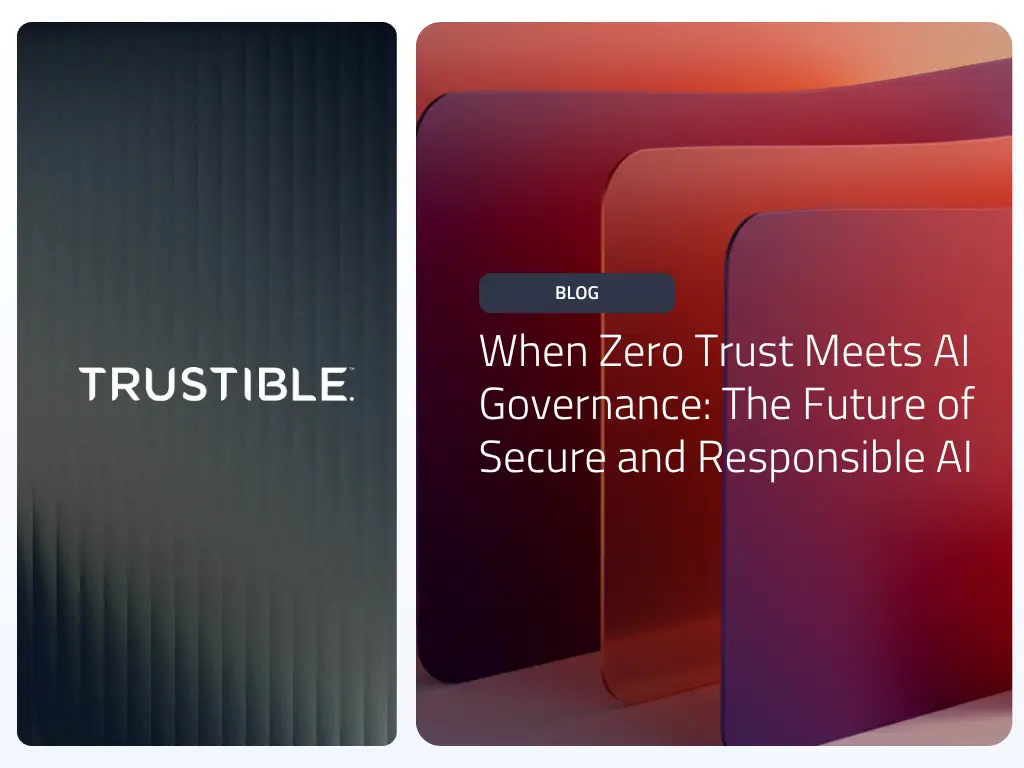This article was originally published on Forbes. Click here for the original version.
We are moving from the age of digital transformation to the age of artificial intelligence (AI) transformation. AI is now being used across most businesses in driving innovation, cost reduction, and operational efficiency. However, with most companies relying on similar foundational models, how do you differentiate your business in a crowded AI market?
While merging your company’s internal data with best-in-class foundational models can create a competitive moat, data alone is no longer sufficient for differentiation. Establishing your business as a responsible leader in AI can not only create a lasting brand differentiation but also cultivate trust in AI systems – a crucial step towards widespread adoption of the technology.
As organizations strive to harness the potential of AI, building trust with customers through responsible practices and AI governance becomes a crucial differentiator in the market. Consider cybersecurity as an analogy for how internal tools and processes can set you apart from competitors. Businesses that invest in robust cyber and data security gain customer trust by ensuring their systems are protected. These safeguards can then be used as marketing differentiators since customers are more likely to choose products or services that prioritize security (after all, who wants to buy a product that is more likely to get hacked?). Similarly, businesses can leverage Responsible AI practices to differentiate themselves from competitors who may not prioritize AI safety guardrails.
But how do you start implementing Responsible AI practices that help your company cultivate trust and gain a competitive edge? Here are four actionable steps you can take:
- Implement AI Disclosures
Transparency is the cornerstone of Responsible AI. At the very minimum, customers should know when they are interacting with AI – whether it’s through a chatbot, an automated decision tool, or other applications. Some laws may even require this in the not-too-distant future. Organizations prioritizing disclosure should communicate that an AI system is being used, how the system works, what data is being collected, and the purpose behind that AI. This enables users to understand the reasoning behind decisions and outcomes, which can lead to stronger relationships and increased loyalty. In future articles, we will do a deep dive about how to build trust with AI disclosures.
Here’s an example of disclosure: though this article is certified human written, we used existing large language models (LLMs) to brainstorm ideas for this article! - Ethical Data Handling and Privacy Protection
Responsible AI practices demand a strong commitment to ethical data handling and privacy protection. Customers today are increasingly concerned about how their personal data is collected, used, and stored. In the age of AI, these concerns are magnified. Organizations that prioritize data privacy and security, implementing robust measures to protect sensitive information, demonstrate their commitment to Responsible AI. This includes obtaining explicit consent for data usage, anonymizing and encrypting data, and regularly auditing and monitoring data handling processes. - Bias Mitigation and Fairness
The training datasets used for generative AI systems reflect the existing societal and historical biases. Use of these models could perpetuate stereotypes or biases and make assumptions about the world that may not support your organization’s brand or values. Setting up rigorous testing and evaluation of AI models to identify and rectify potential biases – whether they stem from data collection, algorithm design, or human biases embedded in the training data – is critical to ensuring your AI systems are trusted by customers and consumers. - Human-AI Collaboration
AI does not replace human intelligence. Organizations that embrace a “human in the loop” approach to developing & deploying AI can leverage the unique strengths of both to deliver better outcomes. Given the sensitivity of many AI use cases, involving legal & governance teams throughout the AI development lifecycle ensures the AI system aligns with regulatory requirements, internal policies, and ethical considerations. Moreover, assigning accountability to the roles of humans and AI in decision-making processes can alleviate concerns and build trust.
Trust is the most important feature between a business and all of its stakeholders. By implementing this Responsible AI roadmap, companies can position themselves as trusted leaders and shape a future where AI-driven innovation is synonymous with responsible and ethical practices – a feature customers are sure to love.



